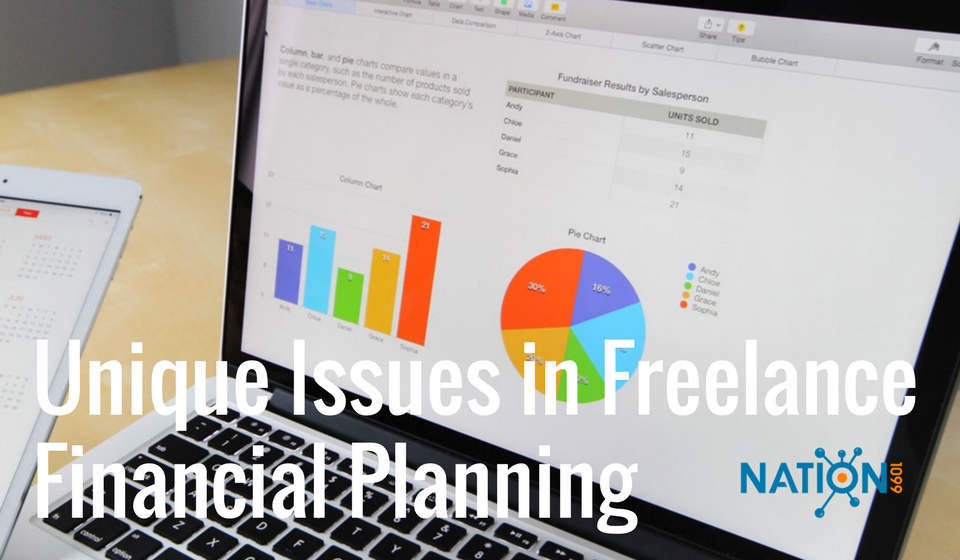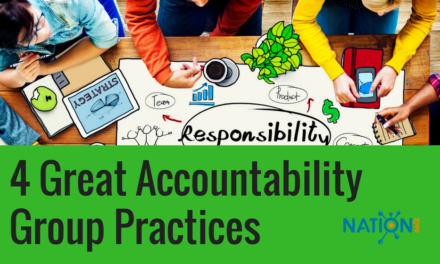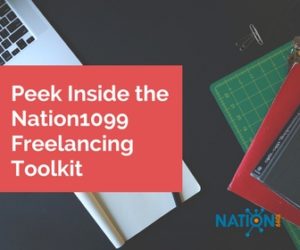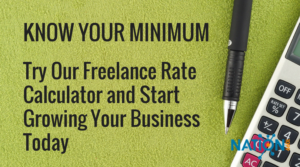The unique issues that come up in managing freelance finances seem mysterious at first, but you can get a handle on them with a little bit of reading and expert advice.
The great news: A wide array of financial advice is available these days. We can find it in print media, blogs, television, in-person seminars, podcasts and video live streams.
The not-so-great news: Financial literacy information rarely addresses the tricky topic of freelance finances.
The prevailing financial advice you’ll find out there is geared toward people with 9-to-5 jobs who are on a typical path to retirement.
These are employed individuals who sock away as much as they can in a company sponsored 401(k) or other retirement plan. They work and save steadily over 30-to-40 years and then get out of the work force to enjoy their retirement.
Are you looking for ideas on how to grow your freelance career? We put together the best ideas from across Nation1099 into an ebook — 15 Easy Hacks For Finding More Freelance Clients. Even better, this ebook includes two fantastic giveaways to valuable services.
Freelance finances are more complicated
For artists and other freelance professionals, financial information has always posed a problem. They first have to understand what that financial advice actually means and then determine how it applies to the life they lead.
For example, steady work isn’t the norm for freelancers. The feast-or-famine scenario is a constant reality.
Second, freelancers don’t have access to the same employer-sponsored retirement plans, so resources for building a diversified financial portfolio may be more limited.
Additionally, artists and many freelancers are already doing what they love to do, so the prospect of retiring to do something else rarely factors into their thinking. While others toil away at jobs they can’t wait to leave, most freelancers look forward to growing in their chosen discipline.
Related reading: Semi-retirement Jobs In the Gig Economy: Interview With Career Expert Nancy Collamer
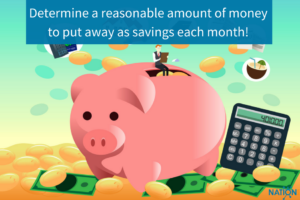
Recommended reading: Conquer Freelance Taxes & Independent Contractor Tax Deductions
Managing freelance finances will become a bigger issue as more people professionals choose to work in the gig economy. As Nation1099’s complete report on workforce and gig economy data shows, about one third of all U.S. workers do some kind of freelance work, and 11 percent of us are full-time freelance instead of in a traditional job.
That group is projected to grow by 3.5 percent annually as employers fail to improve wages, work-life balance, learning opportunities and workplace engagement.
So more and more professionals are joining artists in the gig economy, especially millennials. They will find themselves facing many of the same hurdles artists have always faced regarding financial planning.
How freelancers can take control of their freelance finances
The goal is to get control of your finances and build a solid, well-diversified asset base that will provide you peace of mind.
You want to weather periods when income is scarce. Proactive management of your freelance finances will also afford you the opportunity to live the life you wish to live.
But how do we work toward financial security when we live our lives outside the “norm” that most mainstream financial guidance is based on?
Let’s look at a few ways that conventional financial advice can be re-imagined to better suit the needs of freelancers.
1. Plan for regular payroll deductions
A common piece of financial advice that workers get is to automate their savings through payroll deductions.
However, freelancers don’t usually have a regular payroll. Their inconsistent income makes it difficult to save and invest.
It is possible to adapt the payroll deduction strategy to your invoice-based income.
First, determine an investment amount that you can comfortably make each month while paying your regular bills. Choose an amount that won’t burden you in slow months so you are not tempted to skip a payment to your savings.
This will allow you to establish an asset base that you can contribute even more to during high-income periods.
Determine ahead of time how much of your extra income you will save and invest in flush months to help you stay on track.
For example, you may decide that in months where your extra income is more than $100 over your monthly expenses that you will put at least fifty percent toward your investments.
2. Consider sheltering assets outside of retirement vehicles
Another common piece of financial advice for conventional employees is to shelter any income-producing assets — such as dividend paying stock, bonds, or mutual funds & ETFs that contain them — in retirement vehicles.
The reasoning for a W-2 employee to do this is that while they are making a steady salary they won’t want to add investment income to their taxable income. That investment income could cause the employee to be taxed at a higher rate.
By keeping these assets in retirement vehicles, their dividends or other income can be earned and reinvested without being taxed. Then, at some time in the future, when someone retires from a traditional job and starts to tap into these retirement vehicles, that income will be taxed at a lower level.

But freelance finances vary widely from month to month. So having income-producing investments outside of retirement vehicles may be beneficial.
• During months that you have sufficient income to cover your expenses you can have the dividends or other proceeds reinvested in additional shares of the asset.
• In months that your income is lower than expected you can instead use the investment income as supplemental income.
Most financial institutions now allow you to manage your accounts online, so the ability to easily change between having proceeds reinvested or paid out to you is quite simple.
However, this strategy would not be as useful for retirement accounts as you may be assessed penalties for assets you remove from them prior to age 59 and 1/2.
Another useful tip: If you live in high income tax areas such as New York or California, invest in municipal bonds or municipal bond funds. They can provide you with a tax-free source of income.
Most conventional financial advice only recommends municipal bond investments to retirees. Again, the idea is that during your working years there is no need to create a tax-free revenue stream. The savings of a W-2 employee can instead be invested in assets that have longer term growth potential.
As with dividends, the tax-free income that is generated by municipal bonds can either be reinvested, in the case of mutual funds, or used by you as income depending on your needs.
Related reading: The SEP-IRA Explained — Retirement Planning for the Solopreneur

3. Pay off debt
Paying off debt is high on the to-do list of most financial advice, and rightly so.
Credit card debt especially is a drag on your financial health. It gives you little benefit aside from the instant gratification of acquiring items before you have the funds to pay for them. And the interest you pay is usually exorbitantly high.
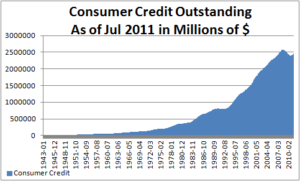
However, paying off debt is usually in tension with saving for retirement and other purposes. If you focus on paying down debt at the expense of building your assets, you will miss out on years that compounding will be working for you.

On the one hand, compounding is the wonderful effect in which earnings from your assets create earnings themselves. The earlier you get your invested assets working for you the more compounding will benefit you.
On the other hand, compounding can be the awful effect in which the interest owed on a debt creates more interest owed. The longer you postpone paying off debt, the more that the effect of compounding is working against you and for the credit card company.
A payroll employee with steady income will have their own strategies for managing this. But if you have income throughout your career because you are a freelancer, you may have periods in which you will need to draw on your credit. Often, you will find that your debt and income levels move inversely to one another.
As a result, a freelance professional or artist may never experience a time when they are 100 percent debt free.
Therefore, you may never have any savings if you follow the strict advice of waiting until all debt is erased before investing.
To address this tension, determine the total amount of money you have each month to allocate toward paying down debt and building assets. During times that you are striving to reduce high debt levels, allocate the majority of these funds to reducing debt while still putting at least a small amount in assets.
Then, as your debt level declines, start shifting the fund allocation so that more is going to asset building.
In this way, your payments will ebb and flow toward the area needing the most attention. But you will still make progress toward both goals — lowering debt and increasing investments.
4. Plan for the future but live in the now
It’s difficult to separate freelance financial issues from lifestyle considerations.
After all, if you are an artist, living your life and enjoying experiences is important to your art. It fills your creative well with ideas and inspirations so you can do your work.
And if you are another kind of consulting or freelance career, you probably choose it for the flexibility and freedom it provides. Non-artist freelancers also draw from life experience to discover ways to push their business in new and innovative directions.
Conventional financial advisers often insist that you make significant life sacrifices to save for your future. But curtailing your explorations and experiences too severely can harm your professional growth.
Ignoring the financial future can be equally damaging. It’s important to find that balance between life experiences that feed your creativity — and fuel your work — with responsibility to your future financial well-being.
When calculating your monthly expenses, be sure to take indulgences into account.
You may even match your monthly investment savings with allocations for a “fun” account. Commit to using those funds for whatever strikes your fancy, with no strings attached and no guilty conscience.
As long as your budget also has room for savings, investment and debt service, your freelance finances will be on track, and you still get to live the life you wanted when you decided to be a freelancer to begin with.
Consider your circumstances and trust yourself
Managing freelance finances and building a diversified portfolio of assets is challenging for everyone, but freelancer finances are unique. Drawing on the creative and professional skills you already have and applying them to your pursuit of financial well-being can make the journey easier.
Building your freelance career took time and perseverance. The same is true of financial planning for freelancers. Building your assets consistently and incrementally — even if the regular amounts invested are small — will reward you greatly over time.
‘Herd mentality’ governs a lot of traditional financial strategy. Your ability to think outside of the box will help you find effective ways to maneuver outside of the mainstream.
Your ingenuity will serve you well as you navigate the financial investment waters. You’ve proven to yourself that you can blaze your own trail in your freelance business by drawing on established ideas and your own creative input. Do the same with your financial planning.
Editor’s Note: To get more of David’s helpful insights on freelance finances, watch his SAG-AFTRA presentation here.
Tools for managing your freelance finances
These tools for invoicing, contracts, accounting, bill paying and budgeting, can help you improve your financial management.
- Bonsai – All-in-one toolbox for contracts, proposals, invoicing and payments. (They are offering a free month of service to Nation1099 readers. Check it out.)
- Freshbooks – This is an all-in-one toolbox for accounting, invoicing, time-tracking and payments. It has great push-button reports that give you insight to your finances. This tool is great if you are a freelancer who has subcontractors who you need to track and pay, as well as clients who you need to report to and invoice.
- IRS2Go – The official mobile app of everyone’s favorite arm of the U.S. government. Track your refund, make your quarterly payments and get tax help software.
- Cushion – Budgeting and planning especially for the variable income of freelancers.
- Wave – accounting, invoicing, payments and payroll.
- Harvest – time tracking, expense tracking, invoices and scheduling.
- Expensify – receipt scanning and expense reporting.
- Quickbooks self-employed – budgeting, bookkeeping, bill pay and invoicing.
Automatic savings apps that can help you manage your freelance finances
- Digit – Uses smart tech to adjust the amount it saves for you based on your account balances. In lean months, it withdraws less.
- Qapital – From the people at IFTTT and using some of the same principles of rules and goals for automatic savings.
- Acorns – Automatic savings plus automatic investing in ETFs.

David Maurice Sharp is author of The Thriving Artist: Saving and Investing for Performers, Artists, and the Stage & Film Industries. David’s background, including time as a dancer and a choreographer, lets him relate to his audience as an artist and as a financial professional. Named a money hero by Money magazine, David is director of solicitation for Prime Clerk, teaches workshops at HB Studio in NYC and serves as a panelist for The SAG Foundation.

